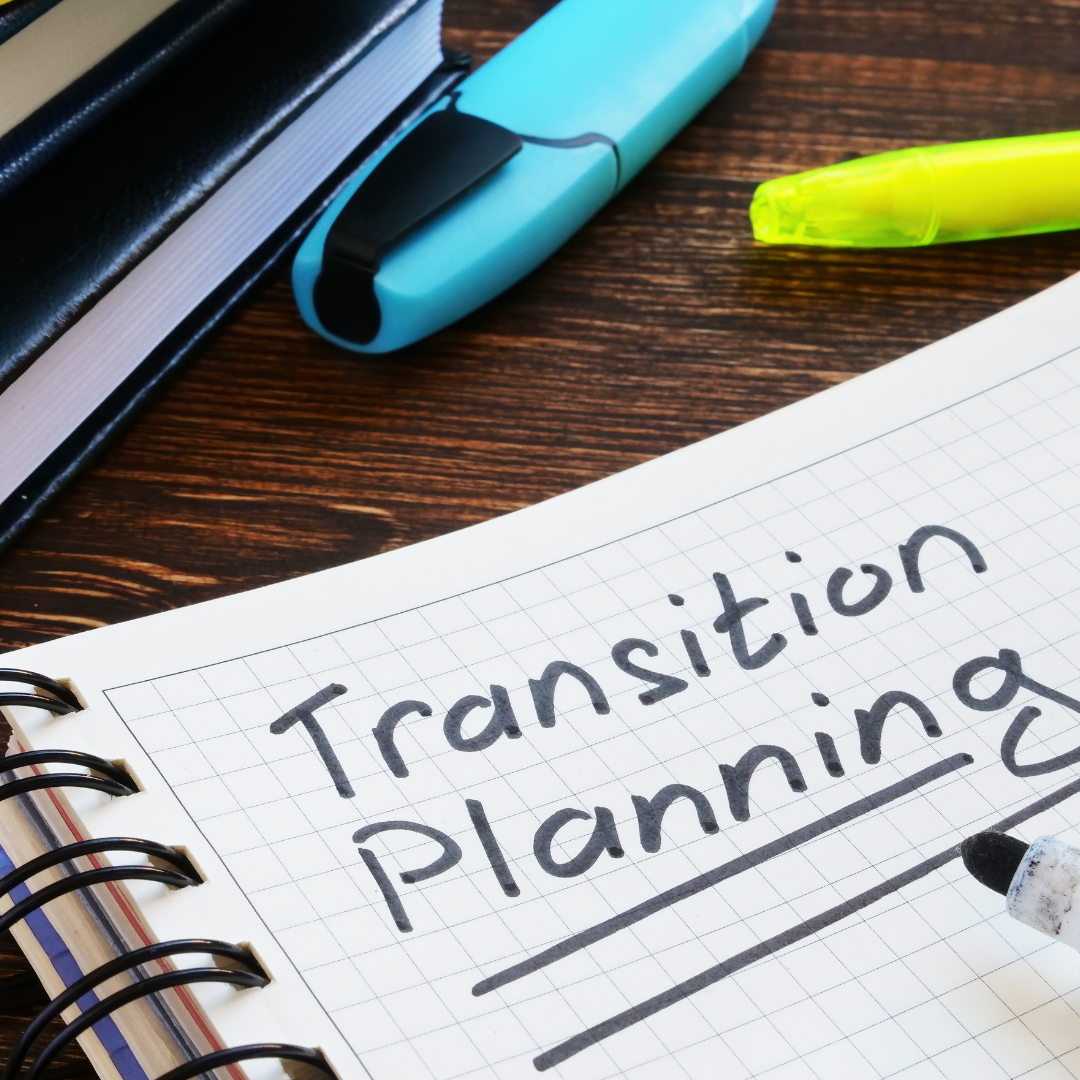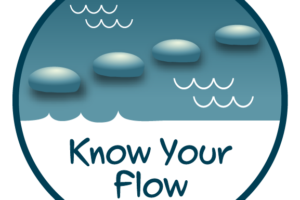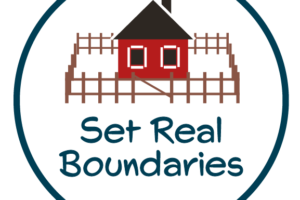
3 Strategies to Navigate Expectations vs. Reality During a Life Transition
The Northern Lights AND puffins.
I was able to see puffins, sometimes known as “the clown of the sea,” on a recent vacation in Iceland. The Westman Islands are believed to have one of the largest puffin colonies in the world.
Visiting between May and mid-August gives someone the best chance of seeing them. Since I was there mid-May, I wasn’t disappointed.
I giggled when our tour guide said that some people expect to see both puffins and the Northern Lights while in Iceland. While it’s true that both can be viewed in Iceland, they can’t actually be seen at the same time.
While I was on Heimaey Island, sunset was around 10:30pm with sunrise about 4:00am. It doesn’t get dark enough for the Northern Lights to be seen.
While I knew this to be the case, some people don’t and they are disappointed that their expectations don’t meet reality.
I get it.

I’m a planner AND I like things to happen as scheduled, whether or not I’m the originator of the plan. In fact, I expect things to proceed as designed unless there are huge, unexpected, unavoidable barriers.
I realize this is more of a dream than a reality.? I’ve learned to deal with activities that veer off-course – sometimes I’m more successful than others.
The problem is that expectations crashing into reality often leads to increased stress and anxiety as well as lost productivity.
This is especially true during life transitions when it’s easy to get caught up in the details, to the exclusion of the big picture. Or letting fear lead to analysis paralysis. Or trying to add new activities to an already full schedule.
While I’m going to give specific examples from my history of breast biopsies, the types of expectation vs. reality issues apply to many situations.
After several normal mammograms, I got the dreaded letter stating that the scan has revealed something and I needed to go in for additional screening. During the second appointment, the technician said that a doctor would read the films and possibly want an ultrasound.
I sat in the lobby as instructed. I figured someone would tell me something within 10-20 minutes. As I waited, the small lobby completely cleared out. After 30 minutes, I tried to signal someone in the main lobby to find out what was happening. (I didn’t go out because I still had on the “designer” patient gown!)
After another 15 minutes, someone finally said I needed to have an ultrasound. Then I had to wait for a doctor to read the ultrasound before I could leave.
My expectation about the amount of time I’d spend in the office was very different from the reality! While I’d taken something to read, I was very distracted. ?
Subsequently, I had to make an appointment with a specialist. I took a friend with me to take notes since I knew I might not be able to concentrate on the details. This appointment proceeded as I thought it would.
The doctor said that place that would do the biopsy would call me to schedule the appointment. This was a Friday, so I expected a call on Monday. I was at the beach the following week, so I took my phone and sat on the beach. I didn’t go in the ocean because I didn’t want to miss the call.
Reality was that I didn’t receive a call on Monday and I finally called them midday on Tuesday. Needless to say, I was unhappy and wasn’t very cordial.
The biopsy appointment was especially stressful. All I knew beforehand was that it wasn’t a needle biopsy.
While I won’t go into detail, I was completely thrown off guard when I was told that they might not be able to take the biopsy because of the location of the lump. Talk about expectations vs. reality! I never considered the possibility that they might not be able to complete the procedure that day! Thankfully, they were able to.
I knew there would be time between the biopsy and the results. Since this was my first experience, I didn’t realize how intense it would be. During business hours, I kept waiting for the phone to ring and each time it did. I hoped it was the results. I was distracted and didn’t get a lot done.
Well, that’s not completely true because I spent (wasted!) a lot of time researching breast cancer, even though I didn’t have a diagnosis.
I hope you don’t ever need a biopsy, however, I know there may be a time when you’re waiting for results from a medical test. Or there will be another life transition: move, job loss, child going to college, etc. in which you encounter an expectation vs. reality situation.
Without strategies in place, it’s likely that life will get chaotic and you’ll feel overwhelmed. And who wants that when there’s an alternative?
Since this wasn’t my last breast biopsy, I developed several methods to create a calmer experience.
Manage what was within my control. I set up an appointment with my breast doctor three hours after each mammogram appointment. This gave enough time for extra films and ultrasound if needed. It also meant I could get the biopsy right away if needed.
I also made appointments for Monday’s or Tuesday’s because ones later in the week meant I’d have to wait over a weekend for results.
Regardless of your situation, there will be factors that you can control. Focus on those rather than things out of your realm of influence.
Set realistic boundaries. Each time I had a biopsy, I wanted to spend inordinate amounts of time exploring treatment options, etc. This was wasted time since I didn’t have a diagnosis. Instead, I learned to allow myself one-hour to gather information.
If only I could have set a limit on how much time I spent worrying. ?
Any life transition, medical or otherwise, has a research component. If you want to switch careers, you need to look at options and training. If you’re moving, you have to check neighborhood safety. If your last child is going to college, you may check options for converting their bedroom into a crafting space.
There are several applicable parameters here: length of time, number of locations, and amount of information. Check out this blog post for boundary-setting ideas when researching.
Practice Beacon Habits. I believe there are five practices that when done consistently help your life flow more smoothly:
- Movement (cardio, lifting, stretching, yoga, Pilates, etc.)
- Nutrition (healthy eating & hydration)
- Anchoring (mindfulness, prayer, meditation, centering, etc.)
- Rest (sleep, relaxation, etc.)
- Mindset (gratitude practice, affirmations, appreciation)
During times of stress, I try to be extra aware of things that attempt to divert me from these beneficial routines. They are important to me and I know how much better I feel and function when I practice them regularly.
Developing new habits is challenging! No time like today to take one very small step to create a new Beacon Habit.
There will always be a discrepancy between your expectations and what really happens in your life. The secret is to use strategies that help you manage that gap.
What’s your most common reaction when reality is different from expectations in a stressful situation?
Let me know below.



